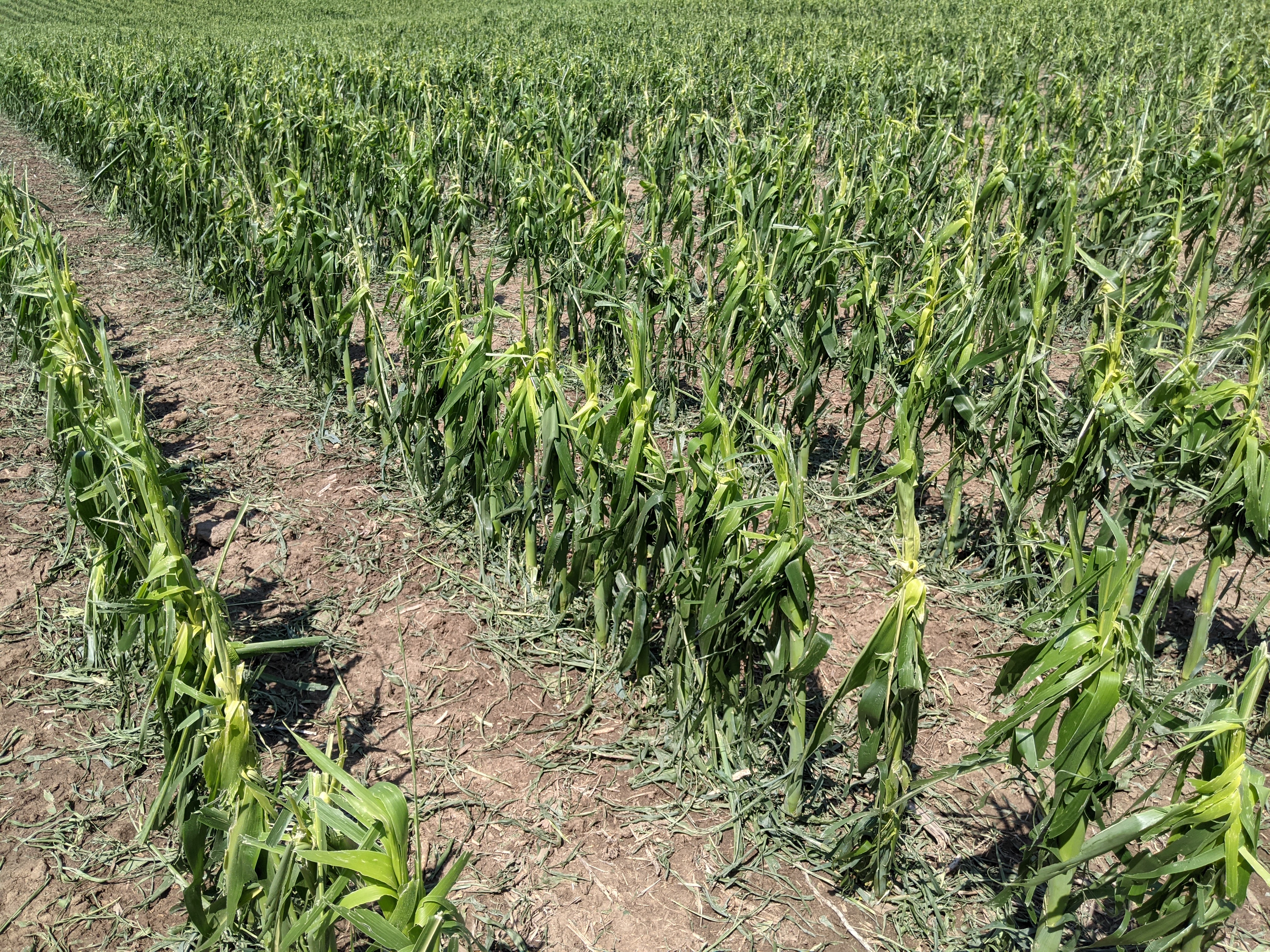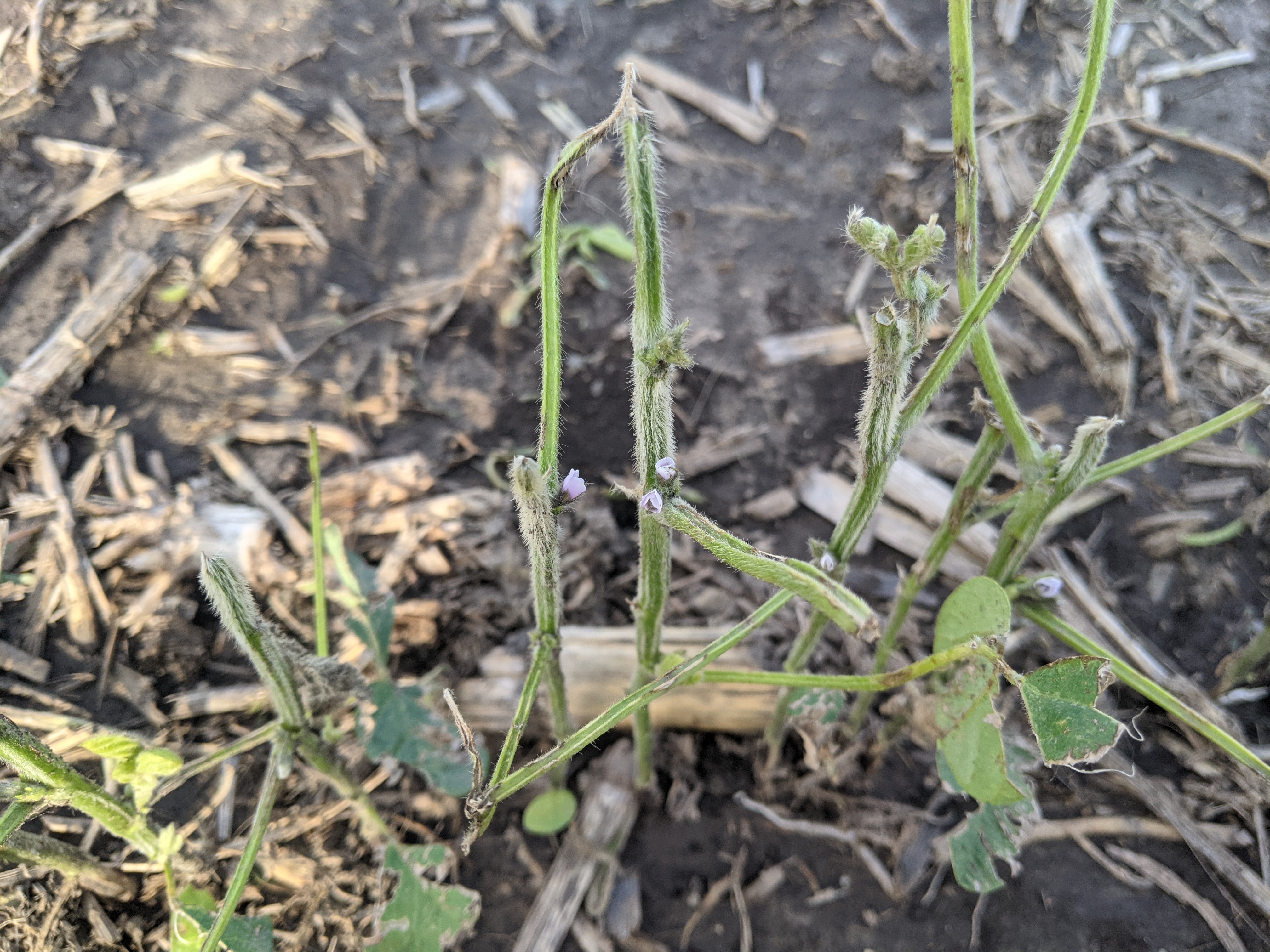| Upcoming Events: June 30: Glyphosate resistant palmer amaranth field day, 8:30 Reg. 9:00-1 p.m. program, Carleton, RSVP Required: https://agronomy.unl.edu/palmer June 30: 2021 Stocker/Yearling Summer Meeting and Tour, 9:30 a.m.-4:30 p.m. MDT, Nenzel Community Bldg, Nenzel June 30: Haskell Ag Lab Family Field Day, Concord July 7: Living Room Learning: Entrepreneurship + Art, 10 a.m., Register:http://4h.unl.edu/living-room-learning July 13: Question, Persuade, Refer Suicide Prevention Training, 11 a.m.-12:30 p.m., RSVP: go.unl.edu/qpr21 July 15: 4R’s Nutrient Stewardship Field Day, ENREC July 20: Crop Science Investigation (CSI) for youth, 4:45-5:45 p.m., RSVP to jrees2@unl.edu July 28: SCAL Field Day, Clay Center Aug. 10-13: Soybean Management Field Days Aug. 10: No-Till On the Plains 25 Year Celebration, Rogers Memorial Farm, Lincoln Aug. 17: Crop Science Investigation (CSI) for youth, 4:45-5:45 p.m., RSVP to jrees2@unl.edu Aug. 23: Seward Co. Ag Banquet, Fairgrounds, Seward Aug. 25: Crop Management Diagnostic Clinic: Corn Production Focus, ENREC Aug. 26: Crop Management Diagnostic Clinic: Soybean Production Focus, ENREC Aug. 26: West Central Crops and Water Field Day, North Platte Sept. 21: Crop Science Investigation (CSI) for youth, 4:45-5:45 p.m., RSVP to jrees2@unl.edu Nov. 12: Dr. Temple Grandin-Kids and Dreams Foundation: Understanding Animal Behavior, 10 a.m., Buffalo Co. Fairgrounds, Kearney |
Crop Update: Overall, corn is looking really good with many fields around the 12 leaf stage. Soybeans were able to start growing again after some irrigation and rain. Also a note, the ET gage website is running again, so you can add ET info and view it again at: https://nawmn.unl.edu/. Grateful last Tuesday night’s storm didn’t do more widespread damage in the area than what it did! It looked pretty bad on radar, and in spite of the hail and wind, overall, many crops will recover and look a lot better in the next week. As the stripped leaves turn brown, there may be a brief point where the corn looks a little worse before more new growth shows up out of the whorl. Eventually it’ll look greener with more canopy again. Leaned plants are also righting themselves again.
It’s really hard to give a general summary as rain, hail, and wind has been so variable for the several county area. For this part of the State, crops north of Stromsburg and in the Hordville area got hit the hardest from what I’ve seen thus far. The key things to watch for in corn are stem bruising from the hail, stalk rot setting in, and rotted growing points. Some corn in the Hordville area that I looked at had deep stem bruising to the point the plants were broken off/breaking off near the ground in fields. Soybeans at the R1 stage in both areas were reduced to sticks in some fields. For fields that still have some leaves and some green to them, there are several criteria to look at when assessing hail damage to soybeans. These include determining plant stand, percent leaf defoliation, percent nodes cut off or broken over, and amount of stem damage. Determining percent leaf defoliation and subsequent yield reduction based on growth stage in indeterminate soybeans can be seen in the chart below. Hail damage charts show for R1 beans at 100% leaf loss, a 23% yield loss estimation (not including bruised stems, etc). I realize that’s really hard to accept with the way some fields look. The remaining charts can be found here. What has helped with all the hail and wind damage is the fact that we’ve had warmer temperatures to allow regrowth to immediately begin. There were new buds on soybean plants on Wednesday already and they were starting to flower again this weekend. However, that kind of loss to the canopy is difficult to recover from at R1 as weed control is also of concern. For alfalfa, watch for regrowth and so far, I’ve been seeing new growth. And, for wheat, it’s always tough to get hail so close to harvest as the grain shells out and heads break off.
| % Leaf Defoliation | |||||
| Growth Stage | 20% | 40% | 60% | 80% | 100% |
| % Yield Reduction | |||||
| V2 | 0 | 0 | 0 | 1 | 2 |
| V6 | 0 | 0 | 1 | 3 | 5 |
| R1 – R2 | 0 | 5 | 7 | 12 | 23 |
| R3 | 3 | 6 | 11 | 18 | 33 |
| R4 | 5 | 9 | 16 | 30 | 56 |
| R5 | 7 | 13 | 23 | 43 | 75 |
| R6 | 16 | 11 | 18 | 31 | 53 |
| R7 | 1 | 2 | 4 | 6 | 8 |
It will be important to work with your crop insurance adjusters as each field situation may vary. They will take stand counts and rate damage based on growth stage and percent of green leaf tissue (thus why they need to wait at least 7-10 days to determine new regrowth). Some have asked about the potential for replant options and/or forage crop options if the crop is totaled. First, you need to consider what herbicides were used. Second, for a corn situation, you need to consider if you want to go back in with corn, sorghum, or a forage crop (depending on what herbicides were used). We have such minimal data on short-season hybrids in the case of corn replant and yield. The UNL data that exists is from 1992 and it essentially says there’s yield potential for 100 bu/ac, depending on frost timing. Even though that’s old data, that’s consistent with information a Clay County farmer kindly shared with me regarding replanting corn in mid-July using 78 and 75 day relative maturity corn hybrids in 2018 and 2020. If you end up in a replant corn situation, I can share more specifics of his observations with you if you’d like to contact me.
If you find yourself in a soybean replant situation, make sure to add a seed treatment to replant soybeans as they have a high risk of seedling disease. Also, don’t plant a longer-season bean this late. I don’t know why that’s often recommended, but we would recommend going with a 2.0-2.5 maturity bean at this point in the season for our area of the State. If you drill the replant, be sure to increase seeding rate 10% (can go up to 20% for older drills) to account for the variability of seed spacing with the drill units. We often recommend increasing seeding rate by 10% for planted beans as well this late to aid in faster canopy closure. We share these tips in more detail with the research at: https://cropwatch.unl.edu/2019/strategies-delayed-soybean-planting.
Trees and Landscape Plants: Trees impacted by hail will often shoot new leaves for the leaves that were lost. It’s best to properly prune broken limbs back to the branch collar if at all possible to avoid disease setting into those limbs. You may also observe new buds occurring on shrubs, landscape plants, and garden plants, depending on how severely they were impacted.


Plants in this V10-11 field were shredded back to the growing point. In this case, the hail damage to stems was mostly on the outside surface of the plants.





Same area of soybean field Wednesday afternoon (after previous night’s storm) and Sunday afternoon. Soybean reduced to sticks with new growth occurring Wednesday afternoon (first two pictures). New flowers occurring on soybean sticks and more growth observed Sunday afternoon (last two pictures).




































